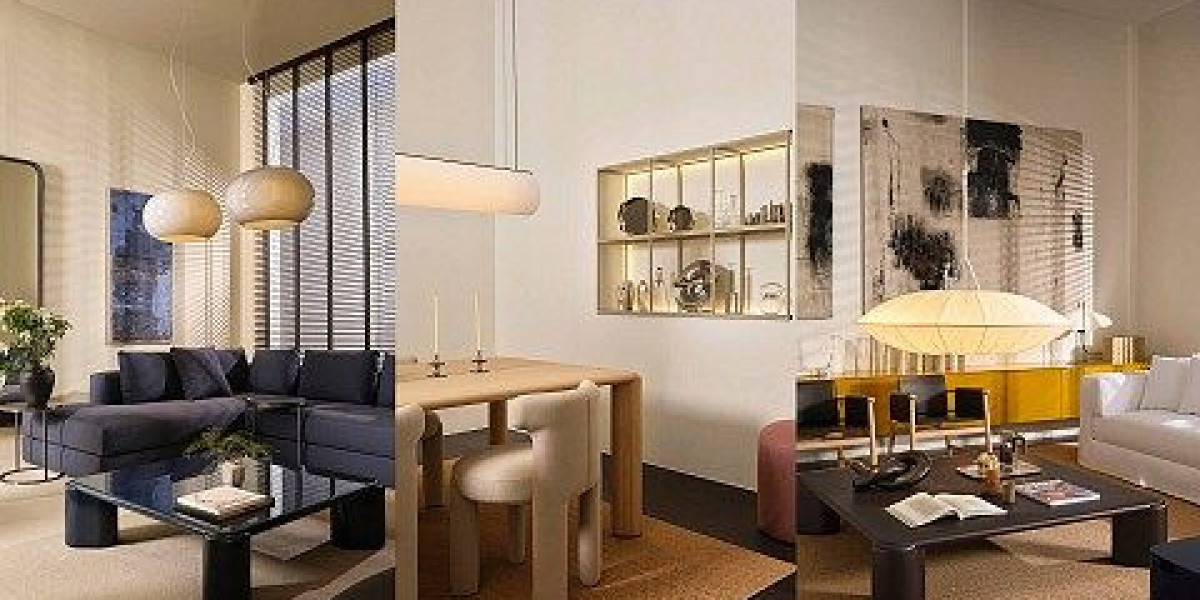Few pieces of furniture hold as much cultural and emotional significance as wooden dining tables. For centuries, they have served as the central gathering point in homes across the UK and USA, hosting everything from daily family meals to festive celebrations. Their timeless appeal lies not only in their durability but also in their ability to seamlessly adapt to changing design trends. Whether set in a traditional country kitchen or a contemporary urban loft, a well-crafted wooden table anchors the dining space with warmth, character, and enduring beauty.
The charm of wooden furniture can be traced back to its natural qualities. Timber has an organic warmth that no synthetic material can replicate. Each piece carries unique grain patterns, knots, and tones, making every table one of a kind. This individuality allows wooden dining tables to suit a wide variety of interior styles—from rustic farmhouse aesthetics to clean-lined Scandinavian minimalism. Unlike many modern materials, wood also ages gracefully, developing a rich patina over time that adds depth and personality to the home.
One of the key reasons wooden tables remain a favourite in both UK and American homes is their exceptional strength and longevity. Hardwoods such as oak, walnut, and maple are particularly prized for their durability. Oak, for instance, has a Janka hardness rating of around 1,300 lbf (5,782 N), making it resistant to dents and scratches, while walnut boasts a smooth texture with a hardness rating of about 1,010 lbf (4,493 N). These figures reflect how well these woods withstand daily wear and tear, ensuring the table remains functional and beautiful for decades.
Moreover, wooden dining tables can be easily restored, unlike many metal or synthetic options. Minor scratches can be sanded out, and the surface can be refinished to give the table a new lease of life. This adaptability makes them a sustainable investment, aligning with the growing trend toward conscious consumption in both the UK and US. Many homeowners prefer to invest in one high-quality piece that lasts a lifetime rather than replacing furniture frequently.
Wood also offers excellent versatility in terms of design. A solid oak trestle table can complement a period property in rural England, while a sleek walnut rectangular table fits seamlessly into a modern New York apartment. The variety of finishes—ranging from light ash tones to deep espresso stains—makes it easy to match the table with other furnishings. Even unfinished or live-edge tables are becoming increasingly popular for their raw, authentic appeal.
Functionally, wood is a superior choice for dining furniture because of its tactile quality and structural integrity. A standard dining table height is around 75 cm (30 inches), which pairs perfectly with most dining chairs. The solid build of wooden tables ensures stability, allowing them to support significant weight without warping. For example, a well-constructed hardwood table can support up to 200 kg, making it suitable for daily use, family gatherings, and entertaining guests.
Another reason for their enduring popularity is how well wooden dining tables blend with evolving trends. Interior design movements come and go—industrial, mid-century modern, Japandi—but wood remains constant. It works harmoniously with various materials such as metal, glass, and stone. Pairing a wooden table with metal legs can create an industrial look, while a marble centrepiece enhances its elegance. This adaptability ensures that even as tastes change, the table remains relevant in the home.
The environmental aspect is another factor contributing to their timelessness. As both UK and US consumers become more conscious of sustainability, responsibly sourced wood has gained importance. Certified timbers, such as FSC (Forest Stewardship Council) approved wood, guarantee that the furniture comes from responsibly managed forests. This sustainable approach aligns with the growing preference for eco-friendly interiors and long-lasting, repairable products.
Maintenance is also straightforward. Regular dusting and occasional polishing with natural wax or oil can help preserve the natural beauty of wood. Unlike materials that crack or rust over time, wood responds well to care, making it an excellent choice for busy households. Its natural ability to regulate moisture also means it expands and contracts with seasonal changes, which adds to its resilience in different climates—from humid American summers to chilly British winters.
Beyond its physical qualities, a wooden table carries a sense of tradition and nostalgia. It is often the piece of furniture passed down through generations, collecting stories and memories along the way. In many homes, Sunday roasts, Thanksgiving dinners, and festive celebrations all happen around the same table, creating an emotional connection that other furniture rarely inspires. This emotional durability is just as valuable as its physical strength.
From a design perspective, wooden dining tables also offer opportunities for personalisation. Homeowners can choose between rectangular, round, or extendable shapes, depending on the space and lifestyle. A round oak table encourages intimate conversations, while an extendable walnut table can accommodate large gatherings. This flexibility makes wooden tables ideal for both compact city flats and sprawling suburban homes.
In conclusion, it’s easy to understand why wooden dining tables never go out of style. Their timeless aesthetic, unmatched durability, and adaptability to shifting design trends make them a permanent fixture in both UK and US homes. They bridge the gap between tradition and modernity, craftsmanship and practicality, beauty and function. More than just a piece of furniture, they are a centrepiece for living—a place where people come together, stories unfold, and memories are made.








